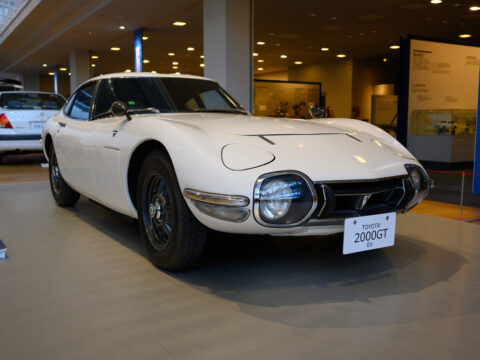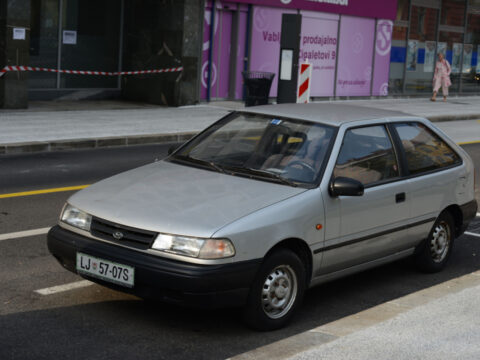Submarines have come a long way from their early designs, evolving into sophisticated machines with remarkable capabilities. This article explores 12 critical advancements that have transformed submarines, enhancing their stealth, endurance, and overall effectiveness. From nuclear propulsion to advanced sonar systems, these innovations have reshaped underwater warfare and strategic defense.
Contents
Battery Management System (BMS) Upgrade
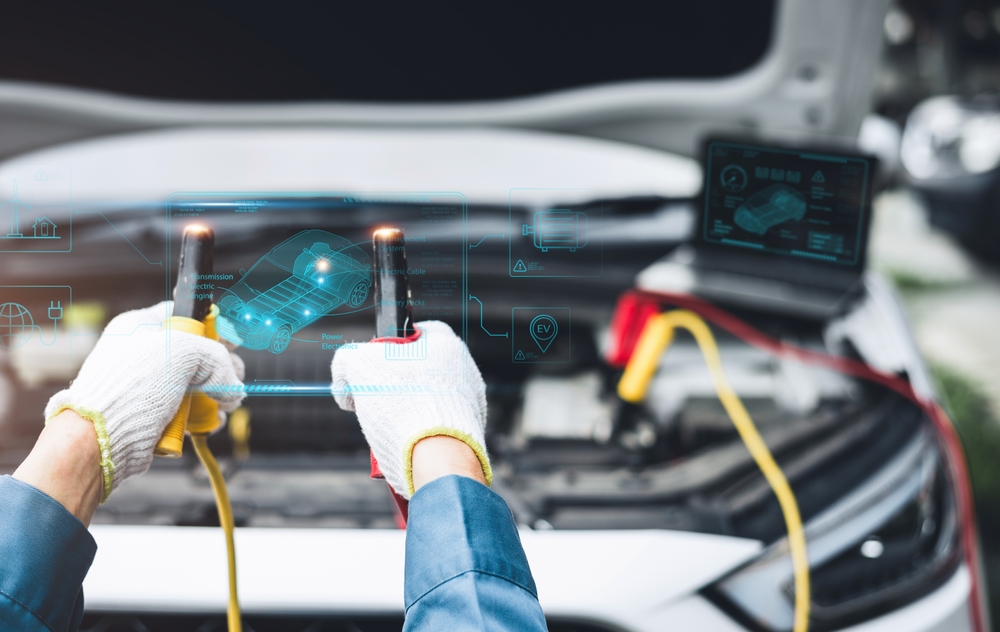
Upgrading the Battery Management System (BMS) ensures optimal battery performance by balancing cell voltages and managing the state of charge. An advanced BMS can extend battery life and efficiency, allowing for a more consistent range. This system also protects the battery from overcharging and deep discharging, critical for maintaining peak performance.
Lightweight Materials
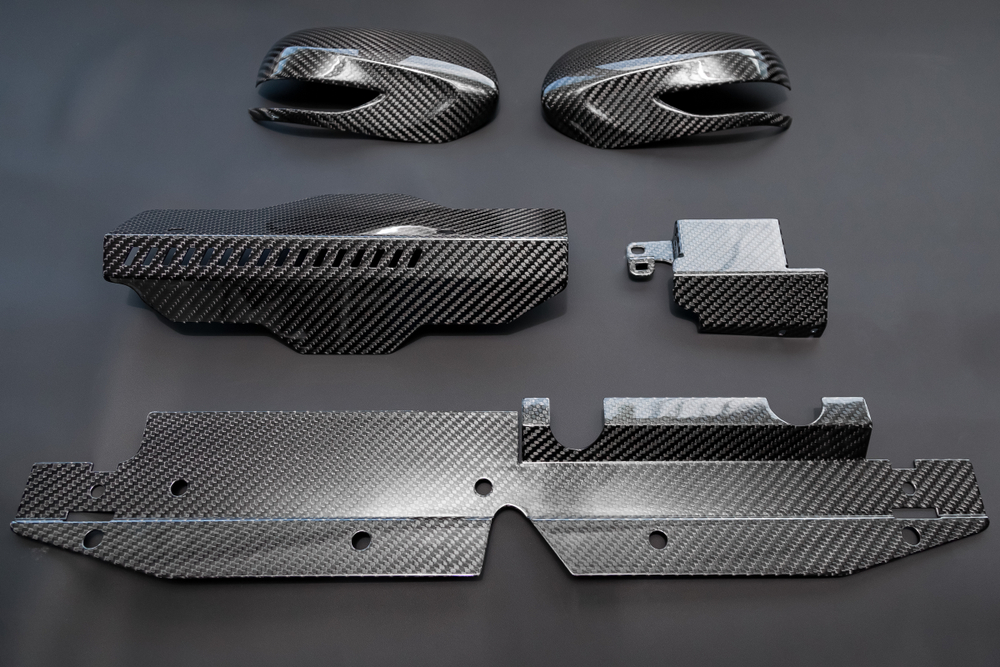
Using lightweight materials such as carbon fiber or aluminum for body panels and components can significantly reduce the overall weight of the vehicle. A lighter vehicle demands less energy for acceleration and maintaining speed, thereby extending the range. These materials also offer durability and strength, ensuring safety is not compromised. Additionally, lightweight upgrades can improve handling and performance.
Advanced Regenerative Braking System
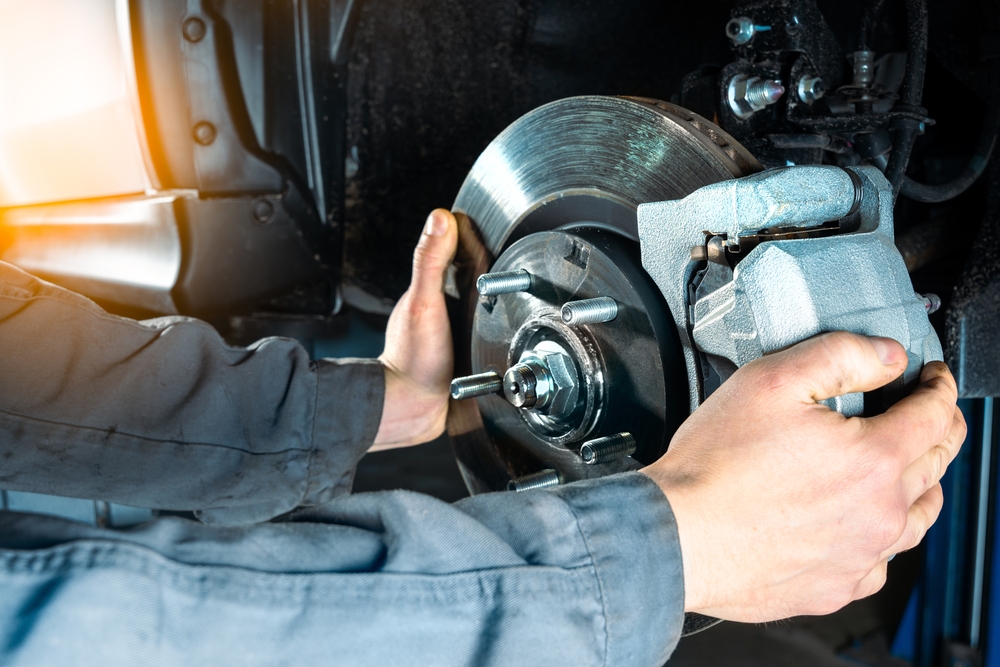
An advanced regenerative braking system can capture more energy during braking and convert it back into electricity. This recovered energy can be used to extend the driving range. Upgraded systems are more efficient at converting kinetic energy, particularly in stop-and-go traffic. Enhanced software algorithms ensure smoother braking and more effective energy recovery.
High-Efficiency HVAC System
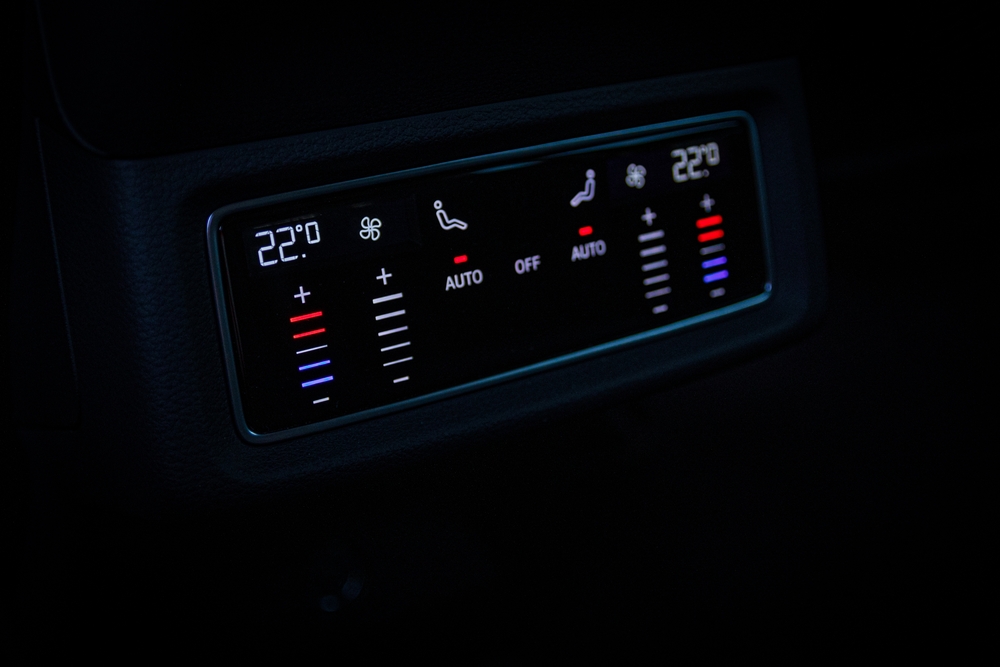
Upgrading to a high-efficiency Heating, Ventilation, and Air Conditioning (HVAC) system can reduce the energy consumption required for cabin comfort. Modern HVAC systems use heat pumps that are more efficient than traditional resistive heating methods. By optimizing thermal management, these systems can maintain a comfortable cabin temperature with less energy. Improved insulation and advanced climate control algorithms also contribute to reduced energy use.
Enhanced Insulation
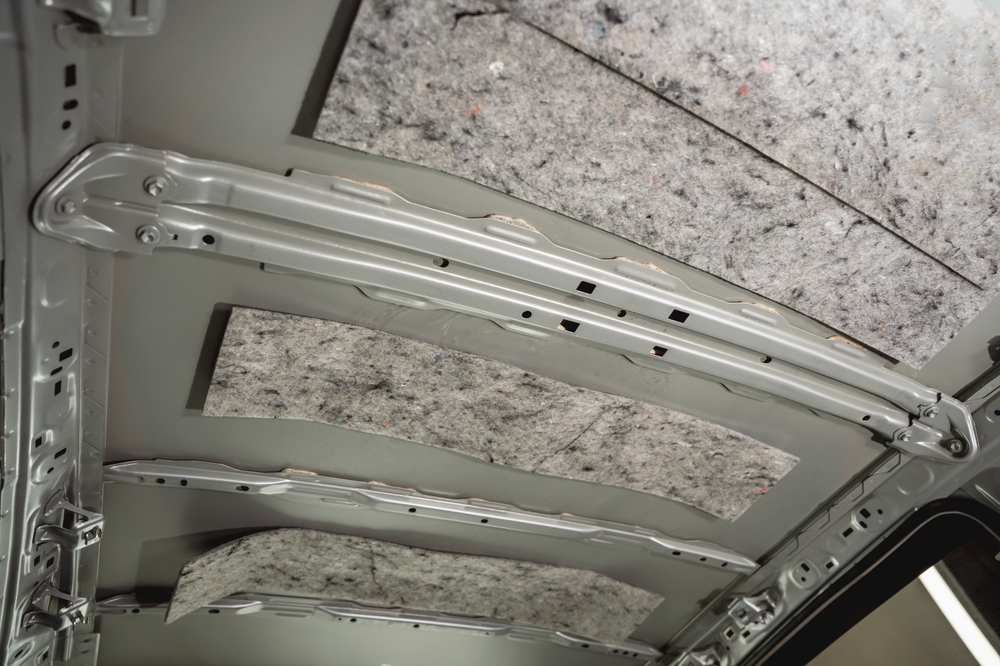
Adding enhanced insulation to the cabin and battery compartment helps maintain optimal temperatures, reducing the energy needed for heating and cooling. Better insulation keeps the interior warm in winter and cool in summer, lowering the load on the HVAC system. This reduction in energy demand translates directly into a longer range. Advanced insulation materials can also protect the battery from extreme temperatures, improving overall efficiency.
Low-Energy LED Lighting
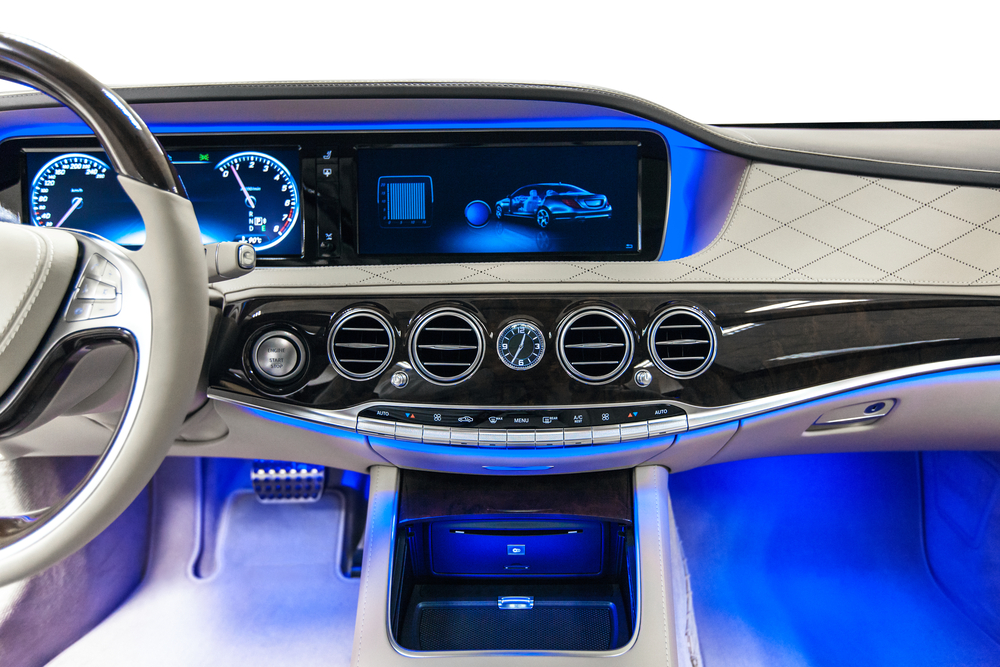
Replacing standard lighting with low-energy LED lights reduces the electrical load on the battery. LEDs are significantly more efficient than traditional bulbs and offer longer life spans. This upgrade is particularly beneficial for nighttime driving and when using interior lights frequently. The reduced power consumption from lighting frees up more energy for driving.
Optimized Charging Systems

Upgrading to a fast and efficient charging system can reduce charging times and improve battery longevity. High-quality chargers ensure that the battery receives the optimal current, preventing damage from overcharging. Efficient charging systems also manage the heat generated during charging, protecting the battery’s health. Advanced features such as scheduled charging and remote monitoring can further enhance convenience and efficiency.
Energy-Efficient Infotainment Systems
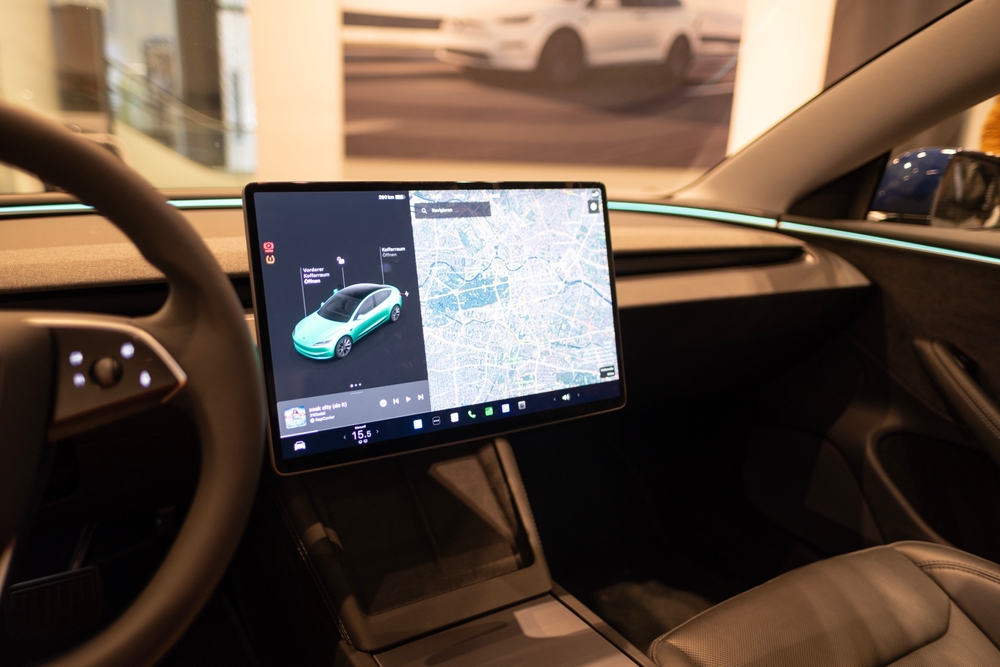
Installing an energy-efficient infotainment system can reduce the electrical load on the battery. Modern systems are designed to consume less power while providing high-quality audio, navigation, and connectivity features. These systems also offer better integration with the vehicle’s energy management, optimizing overall efficiency. By reducing the power drawn from entertainment and navigation functions, more energy is available for driving.
Improved Battery Cooling Systems
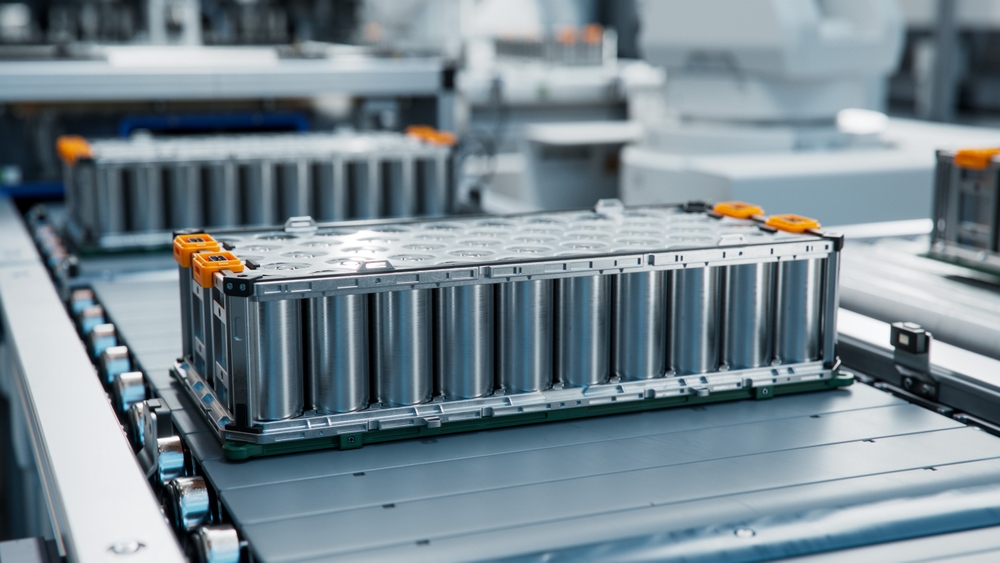
Upgrading the battery cooling system ensures the battery operates within optimal temperature ranges, enhancing efficiency and longevity. Advanced cooling systems use liquid cooling or phase-change materials to manage heat more effectively. Keeping the battery cool prevents overheating, which can degrade performance and reduce range. This upgrade also allows for faster charging by maintaining stable temperatures during high-power operations.
Lightweight Battery Packs
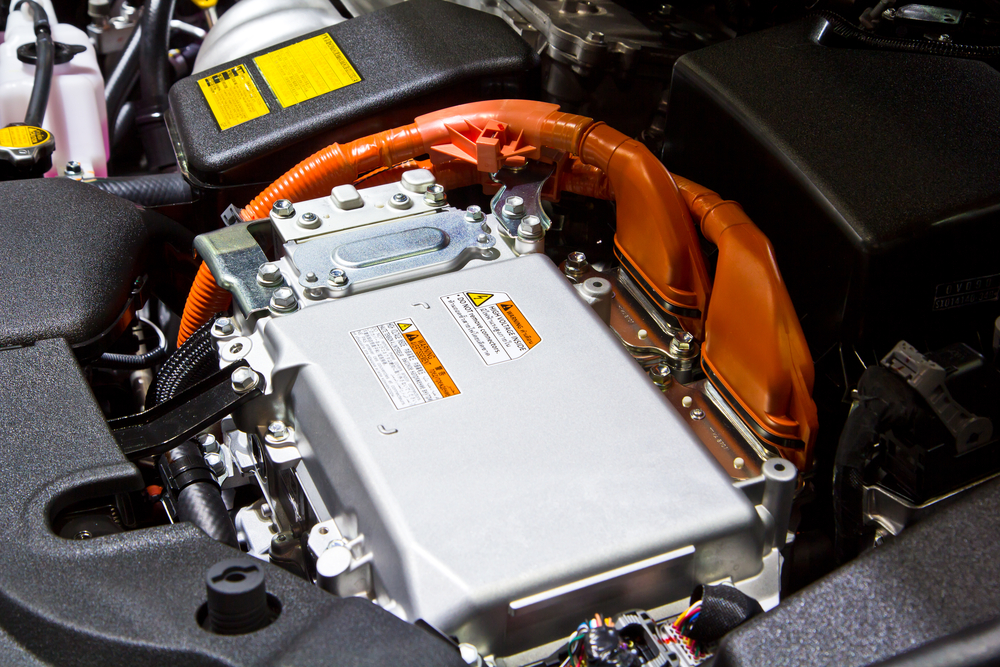
Switching to lightweight battery packs reduces the overall weight of the vehicle, improving efficiency. Newer battery technologies offer higher energy densities, meaning more power can be stored in a lighter package. This reduction in weight translates directly into less energy required for movement, extending range. Lightweight battery packs also improve handling and performance.
High-Efficiency Electric Motors
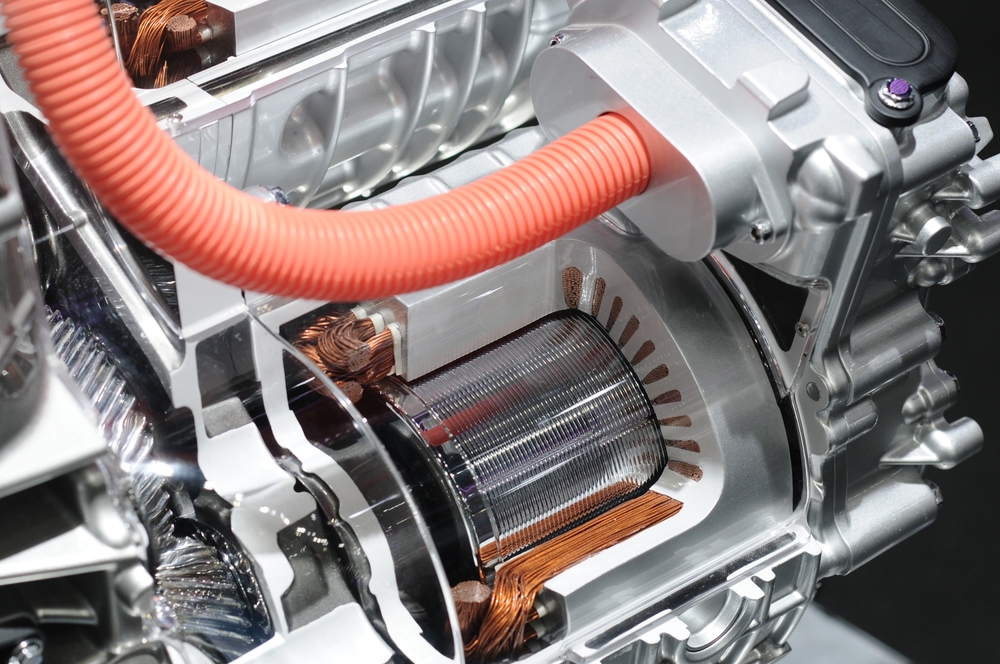
Upgrading to high-efficiency electric motors can improve the vehicle’s overall energy consumption. Modern motors are designed to convert electrical energy to mechanical energy with minimal losses. These motors often feature advanced materials and cooling systems that enhance performance. By reducing energy loss during conversion, more power is available for driving, extending range.
Wind Deflectors and Spoilers

Adding wind deflectors and spoilers can improve aerodynamics, reducing drag and increasing efficiency. These components help streamline airflow around the vehicle, minimizing resistance. By reducing aerodynamic drag, less energy is required to maintain speed, extending range. High-quality deflectors and spoilers are designed to enhance both performance and aesthetics.
This article originally appeared on MyCarMakesNoise.
More from MyCarMakesNoise
13 Least Reliable Cars on the Market

When it comes to choosing a vehicle, reliability is often at the top of the list for most buyers. A car that consistently performs well without frequent visits to the repair shop is what everyone hopes for. Read More.
15 Underrated Luxury Cars That Are Worth Every Penny

In the world of luxury vehicles, certain brands and models often steal the spotlight, leaving other equally impressive options in the shadows. However, for discerning buyers looking to invest in a luxury car that stands out from the crowd, many less-known models offer exceptional value. Read More.
12 Legendary Race Cars Still Competing

In the world of motorsport, certain race cars transcend their time, leaving an indelible mark on the track and in the hearts of racing enthusiasts. These legendary machines, known for their groundbreaking performance and engineering, have not only dominated in their prime but continue to compete, proving their enduring prowess. Read More.

